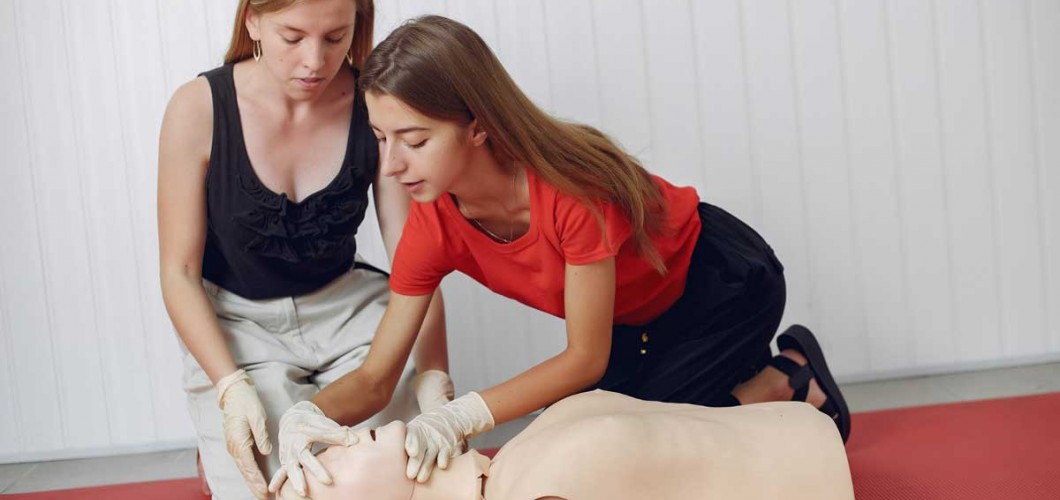
The Importance of Practicing First Aid Training
Introduction
First aid is a critical intervention applied in life-threatening situations until professional help arrives. However, theoretical knowledge alone is not sufficient. To effectively perform first aid in real-life scenarios, hands-on practice is essential. In this article, we will explore why practicing first aid training is crucial and which exercises should be prioritized.
1. Reinforces Theoretical Knowledge
Relying solely on theoretical knowledge can lead to panic and poor decision-making in emergencies. Practicing first aid ensures that knowledge becomes permanent and turns into a reflex.
- Repeatedly practicing CPR (Cardiopulmonary Resuscitation) and artificial respiration,
- Mastering bleeding control and bandaging techniques,
- Performing the Heimlich maneuver for choking emergencies helps reinforce theoretical knowledge.
2. Prevents Panic in Emergencies
In real-life emergencies, people often panic. However, with sufficient practice, the subconscious automatically applies the correct procedures.
- Adjusting the correct pressure and rhythm while performing CPR,
- Placing an unconscious person in the recovery position,
- Avoiding incorrect actions in cases of poisoning—these practices help in making quick and accurate decisions.
3. Develops Muscle Memory and Enables Automatic Response
Muscle memory allows individuals to perform specific movements unconsciously after repeated practice. This ensures that in an emergency, correct actions are performed without hesitation.
- Correct hand positioning and pressure control during CPR,
- Proper handling and transportation of injured individuals,
- Instinctively checking and maintaining an open airway are some benefits of muscle memory.
4. Prevents Incorrect Applications
Incorrect first aid applications can sometimes cause more harm than good. For example:
- Shaking or splashing water on a fainted person,
- Applying yogurt or toothpaste to a burn,
- Trying to reposition a broken bone—these mistakes can be avoided through hands-on practice.
5. Prepares for Real-Life Scenarios
Simulating emergency situations helps individuals be prepared for real-life incidents.
- First aid response in traffic accidents,
- Handling drowning or electric shock cases,
- Conducting drills for workplace or home accidents ensures a more conscious approach in actual emergencies.
Conclusion
Practicing first aid training is essential for retaining knowledge, preventing panic, and developing muscle memory. Avoiding incorrect applications and being prepared for real-life emergencies requires consistent practice. Everyone should dedicate time to improving their fundamental first aid skills, as it can save lives!

Leave a Comment